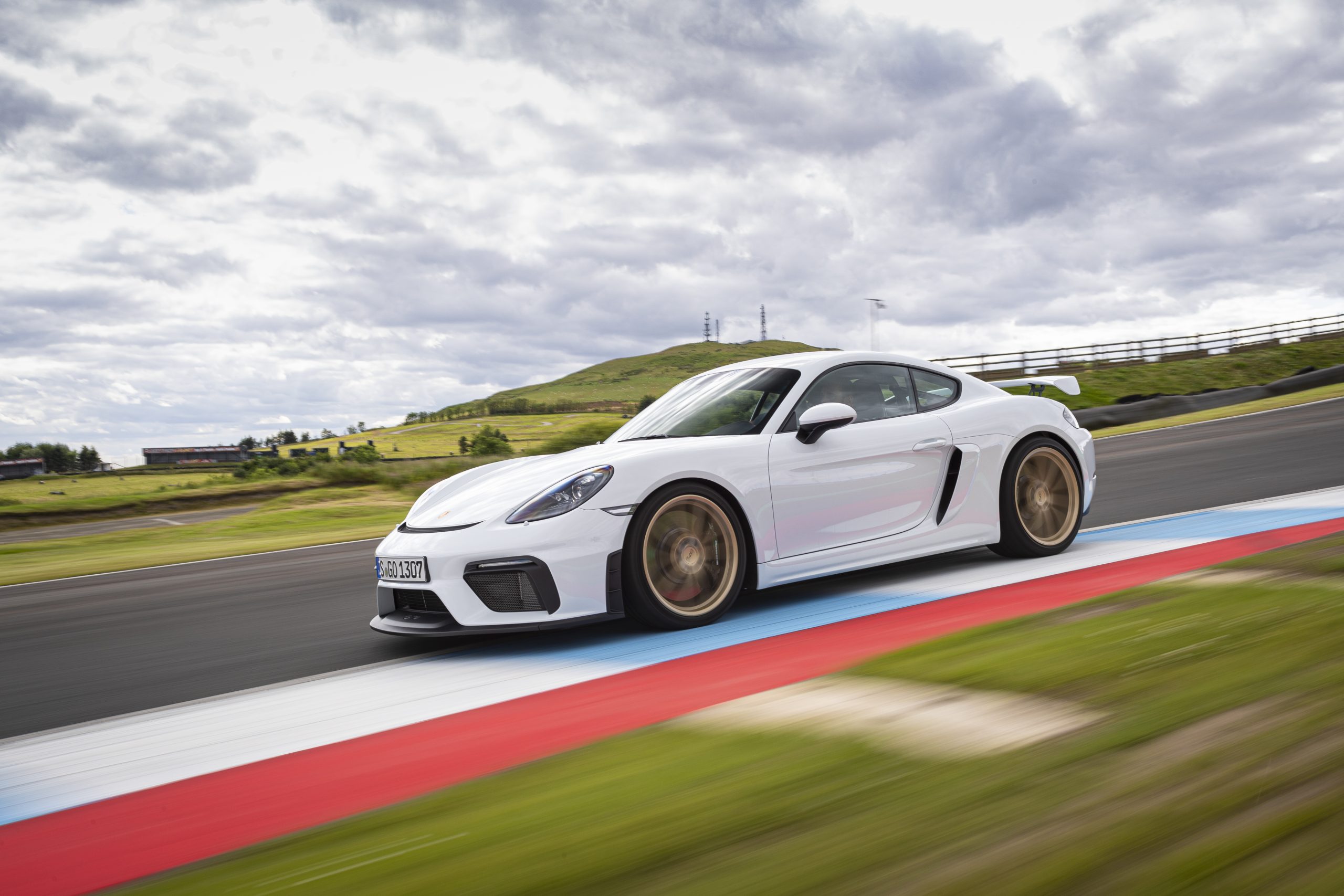Best Porsche Under $150K: Supercar Performance Without the Supercar Price
A budget of $150,000 brings you into the realm of true Porsche excellence. At this price point, you can access high-performance 911 models, track-ready GT cars, and even lightly used supercar-level machines. Whether you’re after a thrilling weekend toy, a daily driver with serious power, or a future collectible, the options in this range deliver an unmatched blend of prestige, precision, and performance. In this guide, we’ll explore the best Porsches under $150K to help you find the perfect match for your driving passion. Let’s dive in! Let’s find your perfect Porsche! Don’t forget to check out all of our Porsche buyers guides hub and Porsche buyer’s guides by budget.
Porsche 718 Models
$150,000 is a generous cut-off for the mid-engine cars: only the 500 horsepower Cayman GT4 RS and the similarly tuned Boxster Spyder cost more (+$10,000) new. Their depreciation is typically slow: $130,000 buys a 15,000-mile GT4 RS from 2021 and $137,000 a Boxster Spyder from the same year. The RS looks like the track car it is, and driving it is an intense experience.
No Subscription? You’re missing out
Get immediate ad-free access to all our premium content.
Get Started



